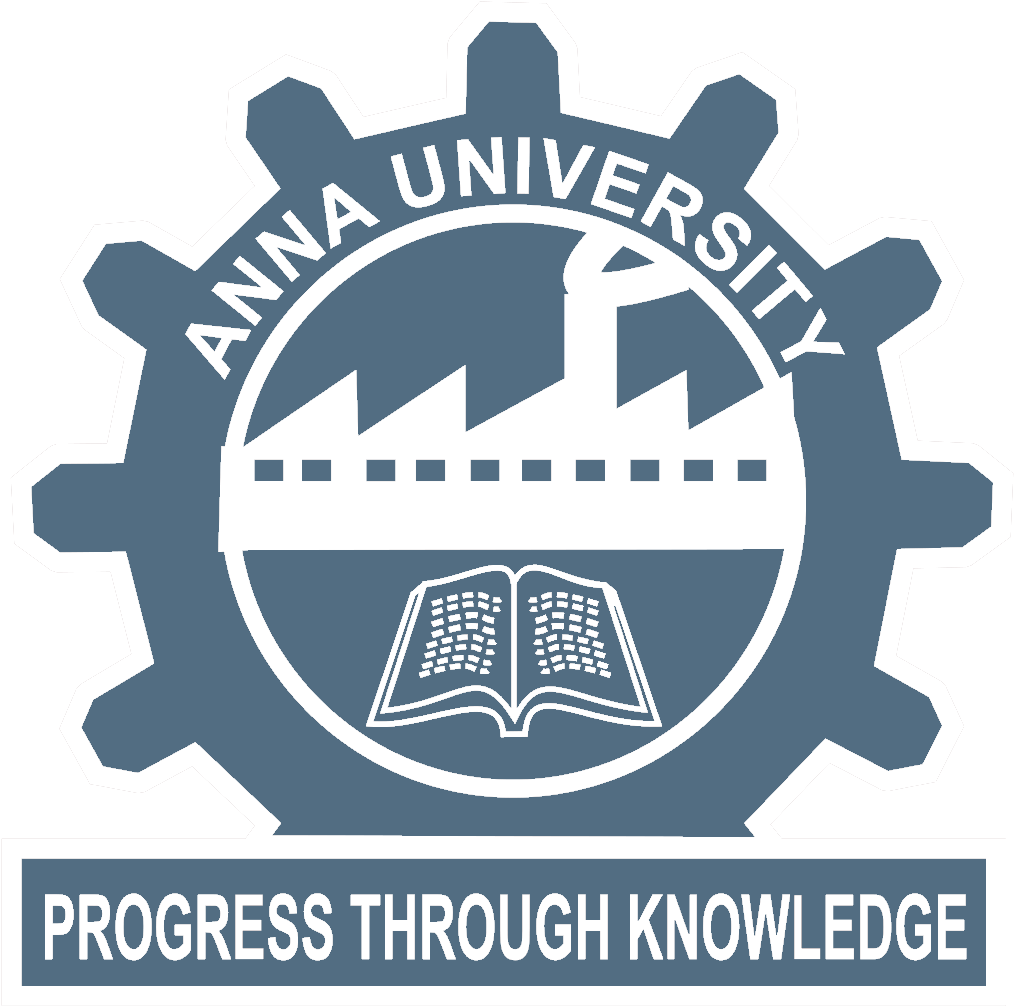Thrust Areas
By the Numbers
210
UG Students
4
PG Students
13
Scholars
10
Faculty
5
Staff
1
Patents
5
Projects
164
Publications
1665
Citations
26
H-Index
Message from the HOD
Dr. S. Manisha Vidyavathy
PROFESSOR
The Department was established with the vision to be recognized for its high-quality academic programmes and excellent research works through focused activities and brilliance of its dedicated faculty and the state-of-the-art facilities. The Department provides programmes at the undergraduate and postgraduate levels. All of our full-time faculty members are exceptionally qualified with practical experience in their areas of expertise. We attempt at broadening the knowledge on ceramics by employing our futuristic curriculum that is provided to our students to ensure a great success in all their endeavors Dr. S. Manisha Vidyavathy
